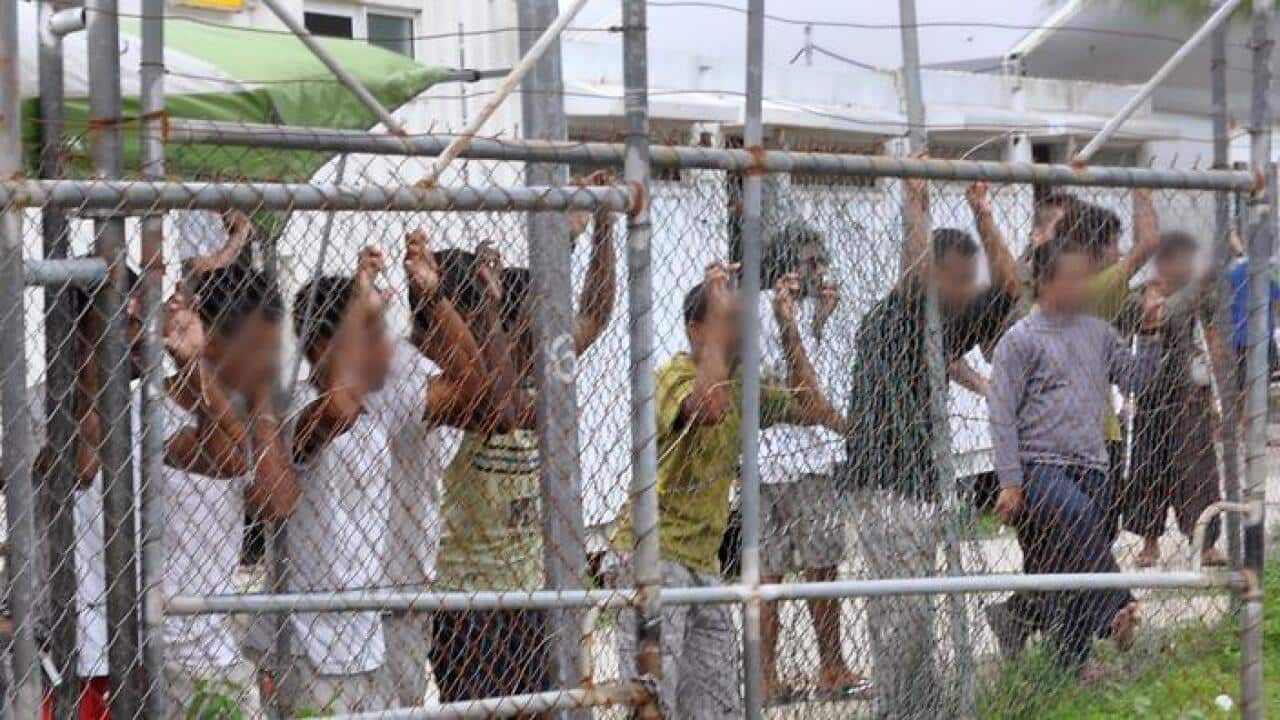Political pressure, financial hindrances and approval delays have been attributed as obstacles a critically-ill Iranian asylum seeker faced before his death two years ago, an inquest has heard.
Asylum seeker Hamid Kehazaei was taken from Manus Island to Port Moresby despite an urgent request he be flown to Brisbane for life-saving treatment.
Mr Kehazaei, 24, was admitted to a medical clinic on Manus Island processing centre with severe sepsis from a cut on his leg on August 23, 2014, the Brisbane Coroners Court was told.
He was not flown off the island until three days later, by which time he was delirious, thrashing around and had to be sedated, the inquest heard on Tuesday.
Mr Kehazaei was initially taken to Port Moresby, despite recommendations he critically needed treatment in Australia.
He was finally airlifted to Brisbane's Mater Hospital, where he was declared brain-dead on September 2 and died from septicaemia three days later.
Dr Stewart Condon, at the International SOS medical assistance centre in Sydney, made the recommendation that Mr Kehazaei be urgently transferred from Manus Island to a hospital in Brisbane.
He said Mr Kehazaei would not have been given the care he desperately needed in Port Moresby, which had limited facilities, low levels of staffing and poor hygiene.
A policy document for International SOS stated that transfer to Australia for asylum seekers "should only be considered once local options have been exhausted", the inquest heard.
The relationship between medical staff and the Department of Immigration and Border Protection was "quite challenging" because of treatment costs, Dr Condon said.
"The policy was to provide medical care as much as possible to people in these situations, to provide First World care, but there was a pressure regarding finances and budgets of doing air ambulance evacuations quite regularly at times, and for people to travel to Australia we knew that there was a political pressure in the department," he added.
"There was an understanding that an air ambulance coming from these locations to Australia would cost $100,000 and the department (border protection) was concerned about that," he said.
Dr Condon said emergency requests for air ambulances from Manus Island or Nauru would sometimes take days rather than hours because of delays with approval.
"It was difficult to understand that our recommendations for urgent air ambulance was delayed for reasons we didn't understand," he said.
"We were talking about quite sick people who were waiting for quite reasonable treatment."
He said doctors had been trying to get Mr Kehazaei off Manus Island for more than a day and he didn't understand why it hadn't happened.
"My immediate reaction was that this man was quite sick and needed urgent medical evacuation," Dr Condon added.
The inquest will continue on Wednesday morning.


